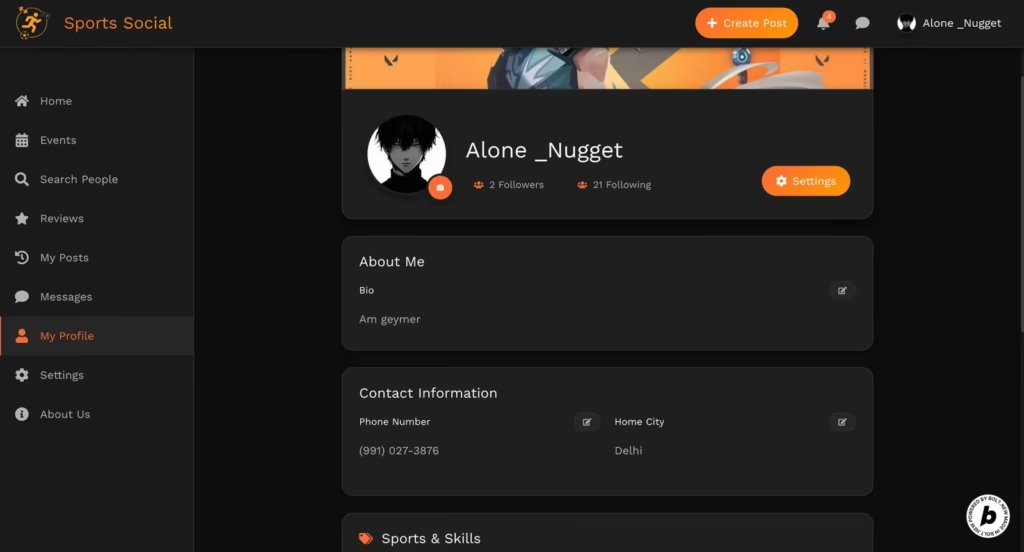Emergent 2.0 represents a radical shift in software development, enabling users to create production-ready web applications through natural language conversations. This fully autonomous AI platform handles everything from design to deployment, requiring no coding skills. While still in its early stages, Emergent 2.0 promises to reshape how software is built by democratizing development for non-technical users and accelerating workflows for developers.
Read more about Emergent 2.0’s capabilities on AI Tools Inc.
Key Features Analysis
Agentic Vibe-Coding
Emergent 2.0’s core strength lies in its ability to converse in plain language. Users describe their desired application, and the AI interprets this into designs, code, and deployments. This “vibe-coding” approach mimics human conversation, allowing natural clarifications and iterative refinement.
Clarification & Iteration
The platform proactively asks clarifying questions when encountering ambiguities. This iterative approach ensures that the final output aligns closely with user intent, mirroring real-world development discussions.
Live Preview & Editing
Integrated live previews provide immediate feedback, while VS Code integration caters to more technical users. This hybrid approach balances accessibility for beginners with depth for experienced developers.
Production-Readiness
Emergent 2.0 doesn’t just create prototypes; it generates fully functional applications with secure authentication, scalable infrastructure, and automated testing. This focus on production-grade quality sets it apart from simpler AI code tools.
Automation Capabilities
The platform automates code refactoring, security audits, and data pipeline management. This reduces manual workload and helps maintain long-term code health.
User Feedback Summary
Emergent 2.0 has garnered positive attention on platforms like Product Hunt. Users praise its ability to handle complex workflows and its emphasis on security and maintainability. However, some concerns exist regarding edge case handling and long-term customization capabilities.
See user reactions and discussions on Product Hunt.
Performance Analysis
Reliability
While generally reliable, Emergent 2.0’s performance in niche scenarios remains untested. Its ability to handle highly specialized frameworks or complex edge cases requires further validation.
Speed
The platform excels at accelerating development speed through automation. However, deployment times depend on the complexity of the generated application and infrastructure requirements.
Usability
Emergent 2.0’s natural language interface makes it accessible for non-technical users. The live preview and iterative refinement process enhance usability and reduce the learning curve.
Pricing Analysis
Emergent 2.0 follows a freemium model with paid plans starting at $10/month. This pricing structure allows users to test basic features before committing to premium tiers that unlock advanced automation and deployment functionalities.
Frequently Asked Questions (FAQs)
-
Is Emergent 2.0 suitable for non-technical users?
- Yes, its natural language interface and conversational workflow are designed for users without coding experience.
-
Can it handle complex application logic?
- Yes, Emergent 2.0 is built to manage multi-step processes, database schemas, and API integrations comparable to traditional development.
-
What kind of applications can I create?
- Emergent 2.0 can build full-stack web applications, including frontend interfaces, backend APIs, and scalable infrastructure.
-
How does it ensure code quality?
- The platform generates production-grade code with security standards, automated testing, and best practices enforcement.
-
Is there a free version?
- Yes, a freemium model allows basic access, with paid plans starting at $10/month for advanced features.
-
Can I customize the generated code?
- Yes, VS Code integration provides deeper customization options for technical users, though long-term maintainability remains a concern.
-
How does it compare to low-code platforms?
- Emergent 2.0 offers more comprehensive backend support and complexity handling compared to traditional drag-and-drop low-code solutions.
-
What’s its biggest limitation?
- Early-stage uncertainties around handling niche frameworks and long-term customization capabilities for large codebases.
-
Does it require internet access?
- Yes, as a cloud-based AI platform, Emergent 2.0 requires internet connectivity for its core functionalities.
-
Is Emergent 2.0 ready for enterprise use?
- While promising, its suitability for enterprise-grade projects would require thorough validation around security, compliance, and scalability.
Final Verdict
Pros: Natural language interface, production-ready code, automation capabilities, accessibility for non-technical users
Cons: Limited experience with niche scenarios, long-term customization concerns, early-stage uncertainties
Ideal User Profile: Entrepreneurs, small business owners, and citizen developers seeking rapid application development, as well as developers needing automated workflows.
Emergent 2.0 represents a bold step forward in AI-driven software development. While still maturing, its ability to transform plain language descriptions into production-ready applications makes it a compelling option for those wanting to accelerate their development process.




Pingback: Emergent 2.0 Review: The Rise of Agentic Vibe Coding – CircleBunch